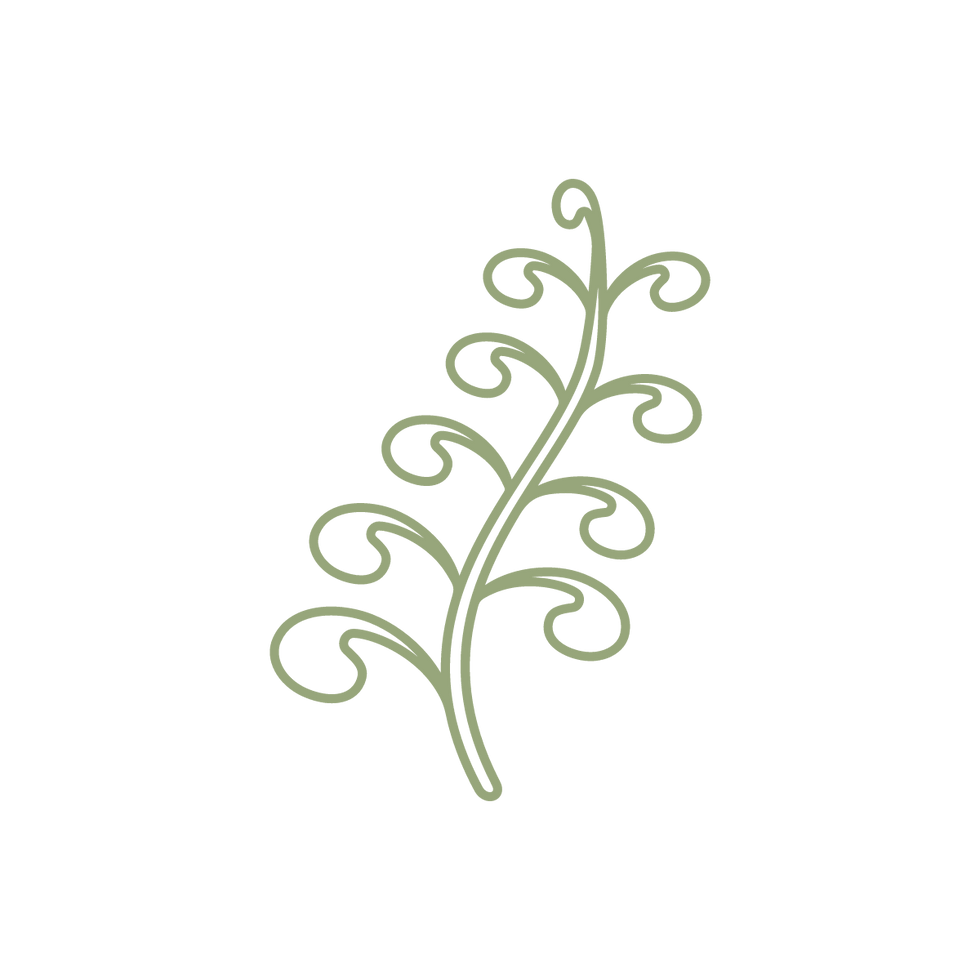

Tall Blue Wild Indigo, Streamside Wild Indigo
Upright perennial which typically occurs in rich woods, thickets and along streambanks. Flowers give way to inflated seed pods (to 2.5" long) which turn charcoal black when ripe and have considerable ornamental interest. Easily grown in average, dry to medium, well-drained soil in full sun to part shade. Best in full sun. Tolerates drought and poor soils. Over time, plants develop slowly expanding clumps with deep and extensive root systems, and should not be disturbed once established. May be grown from seed, but takes several years to establish. Plants take on more of a shrubby appearance and tend to open up after bloom. Trimming or shearing foliage after bloom helps maintain rounded plant appearance and obviates a possible need for staking, but eliminates the developing seed pods which are so attractive.
_pn.png)
Larval Host for the
Wild Indigo Duskywing
3-4'
3-4'



SIZE
SOIL
Average, Dry, Medium, Well-Drained
LIGHT
Sun, Part Shade

BENEFITS
Butterfiles, Bees

NOTES
Seeds rattle around in the blackened pods which were once popularly used by children as rattles. Stems with seed pods are valued additions to dried flower arrangements

CHARACTERISTICS
Low Maintenance, Showy, Interesting Seed Pods
May, June
Flower
This
flowers in
Blue False Indigo
Baptisia australis
DETAIL VIEW

DESCRIPTION
Upright perennial which typically occurs in rich woods, thickets and along streambanks. Flowers give way to inflated seed pods (to 2.5" long) which turn charcoal black when ripe and have considerable ornamental interest. Easily grown in average, dry to medium, well-drained soil in full sun to part shade. Best in full sun. Tolerates drought and poor soils. Over time, plants develop slowly expanding clumps with deep and extensive root systems, and should not be disturbed once established. May be grown from seed, but takes several years to establish. Plants take on more of a shrubby appearance and tend to open up after bloom. Trimming or shearing foliage after bloom helps maintain rounded plant appearance and obviates a possible need for staking, but eliminates the developing seed pods which are so attractive.